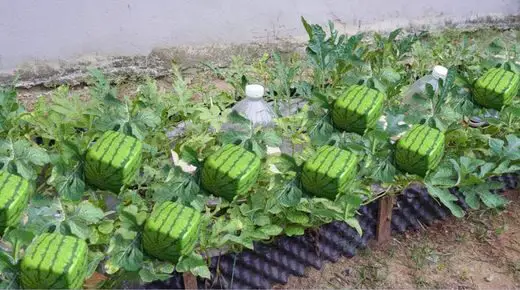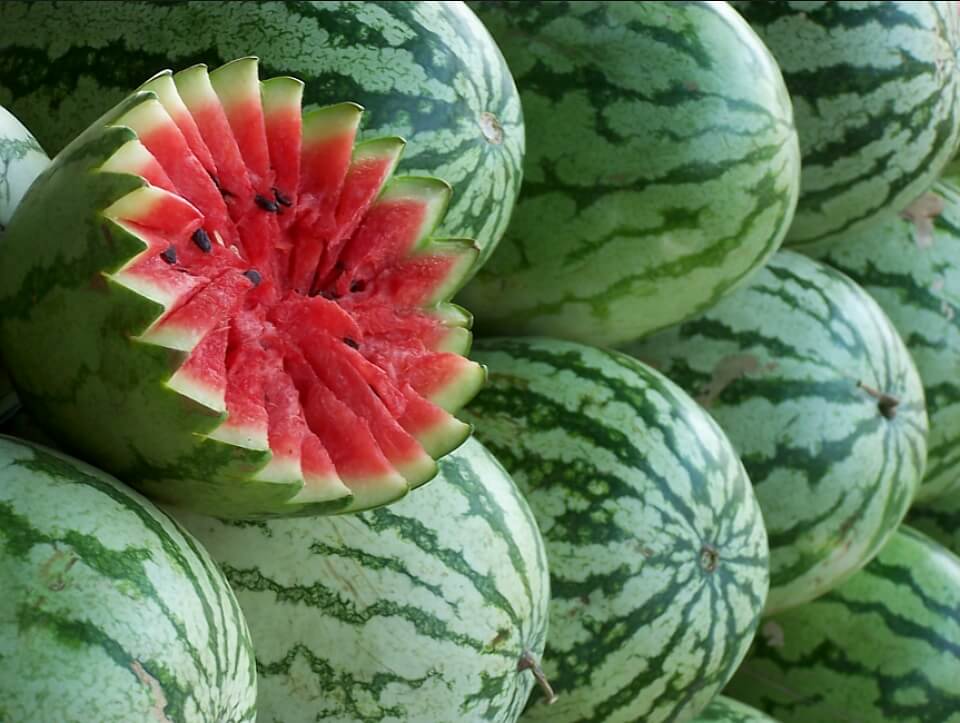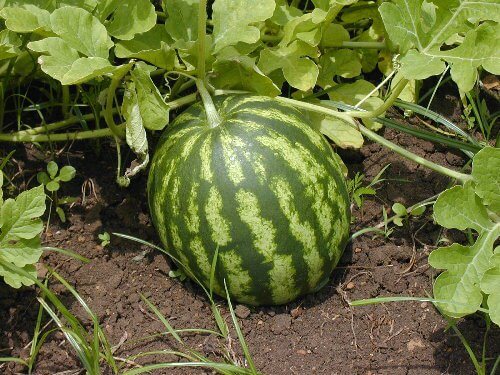
Can you grow watermelons yourself?
Every gardener should consider planting watermelon because it is easy to grow and so good to enjoy on hot summer afternoons.
Try a small selection of watermelons that fit easily in the fridge, or try getting giant watermelons for exercise. If you don’t have room in your vegetable garden for large watermelons that still take up a lot of space, consider growing them in the middle of the lawn. Yes, in the middle of the lawn. Just add a little potting soil to the lawn and sow some seeds to later get beautiful plants that will make beautiful watermelons in the middle of the lawn. The plants will cross the lawn and you will have to mow around them. But the watermelon foliage will damage most of the weeds underneath and slow their growth. After harvesting, add a mixture of nutrient-rich manure to the lawn and water. In a week the grass will grow again and will be a healthy dark green.
History of Watermelon:
Watermelons likely originated nearly 5,000 years ago in the Kalahari Desert of Africa, where botanists saw their wild ancestors still growing. Watermelons migrated north through Egypt and were cultivated and enjoyed during Roman times. The hieroglyphs on the walls of Egyptian buildings tell of their harvests. Watermelons were buried in the tombs of kings to feed them in the afterlife. Watermelons then spread across the European continent and thrived primarily in warmer Mediterranean regions.
Grow watermelons from seeds or buy seedlings directly?
Watermelons need a long growing season (at least 80 days) and warm soil for seeds to germinate and grow. The soil should be 21°C or warmer at the time of planting. Sow seeds 2.5 cm deep and drain well until germination. To maintain good germination in cooler climates, cover the planting area with black plastic to warm the soil and start seeds two or three weeks before installing them in the garden. Don’t start germinating your seeds sooner, as large watermelon plants transplant poorly. Sow seeds in pots and place them on the edge of a sunny, south-facing window to germinate. Make sure the area stays warm day and night, ideally 27°C.
How to Grow Watermelons Right in Your Garden:
Watermelon plants can grow up to 6 m long. So plant where there is as much land as possible. Amend the soil with organic material such as compost or composted cow manure. Add a balanced fertilizer high in nitrogen. Sow 8 to 10 watermelon seeds per pile and sow the seeds 2cm into the soil. Save the best seedlings from each pile. Keep the soil free of weeds with a layer of mulch.
Watermelon plants have moderately deep roots, and watering is rarely necessary unless the temperature is too dry for an extended period of time. Fertilization can be carried out when the watermelons are fixed. Water again when the watermelons begin to ripen to intensify the sweetness.
Watermelon Harvest and Ripeness Tips:
Knowing when a watermelon is perfectly ripe isn’t easy. A method preferred by many gardeners is to look at the vine closest to the watermelon’s trunk. A tendril is a leaf or stem modified in the form of a thin spiral. If it turns brown and dry, the watermelon is ripe. The problem with this method is that on some types of watermelon, the vine dries and falls off more than a week before the watermelon is fully ripe. Taping is another common method for determining ripeness, but it is not always accurate.
The surest sign of ripeness in most watermelon varieties is the color where the watermelon rests on the ground. As the watermelon ripens, the spot changes from almost white to a deep yellow. Additionally, all watermelons take on a dull appearance when fully ripe. After choosing a watermelon, cool it before serving it for better flavor. A cut watermelon, if covered with plastic wrap or aluminum foil, will last several days in the refrigerator.


